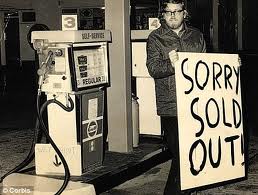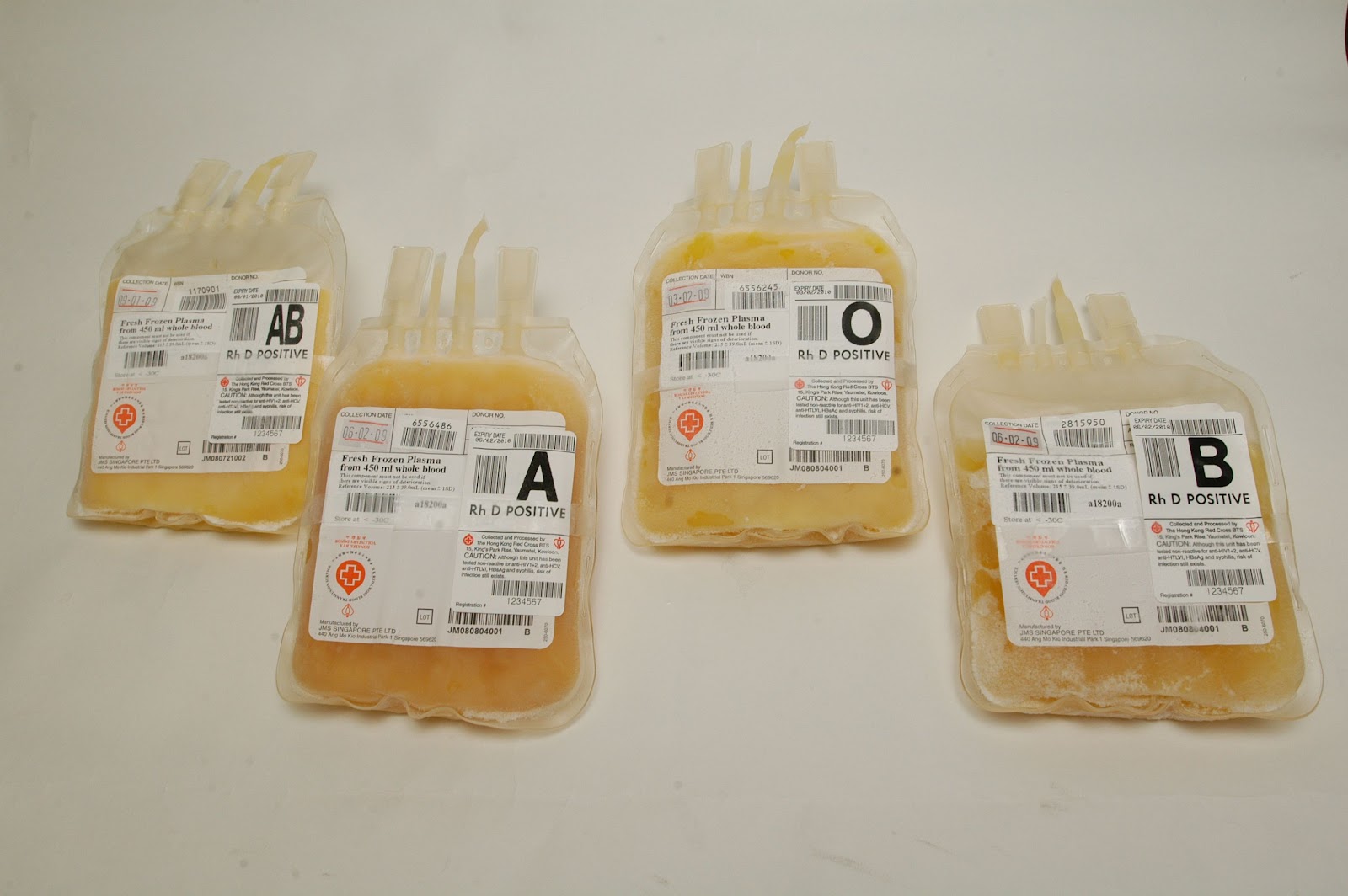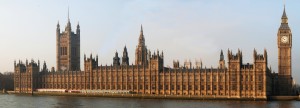Let Me Take You Back – 1970’s

In the music charts we had David Bowie, Elton John and some of the great disco classics.
70’s Politics
As the world entered the new decade, Labour Prime Minister, Harold Wilson was in residence at number 10 Downing Street.

Harold Wilson
He would be voted out of power in June, 1970 when Conservative, Edward Heath took office.

June 1970: The Prime Minister Edward Heath giving a victory wave as he arrives at 10, Downing Street after receiving his seal of office from the Queen. (Photo by Frank Barratt/Keystone/Getty Images)
The Prime Minister appeared helpless as inflation kept rising and economy wound itself into a tighter and tighter mess. Unemployment was high as Edward Heath and his government focused on the powers the trade unions had with the constant threats of strike action. Most of the British workforce were not paid very well and as anger grew life got tougher for the citizens of Britain.
In 1973, war between Israel and Egypt emptied British petrol tanks. Motorways had their speed capped at 50mph to help preserve petrol stocks.
It got worse.

The three-day working week was enforced in ’74. Television broadcasting stopped at 10:30pm. Post-watershed programming was restricted to shorts. With people encouraged to see to their daily toilet in the dark, sharing bathwater and a nationwide parsimony when it came to putting central heating on, Britain was shutting down.
Would the last one out please switch the lights off?
This led to a general election whereby Harold Wilson regained office with a narrow majority, creating a Hung Parliament scenario and the economy in tatters. Sadly, Harold Wilson resigned after serving two years due to exhaustion and Britain in the hands of James Callaghan.
Inflation had peaked in 1975 at 26.9 per cent. So empty was the public purse that Callaghan had to approach the International Monetary Fund for a crisis loan of £2.3billion in 1976. A bit like borrowing a tenner from your parents at the age of 40, this was humiliating. Public sector spending was iced as a condition for the loan – not the most inspiring fiscal omen for Callaghan’s plans to reduce unemployment. Everyone was now feeling the pinch as Britain shuddered to one of its most notorious moments of economic dysfunction: the 1978/79 Winter Of Discontent.
Since 1975, the government had been entreating the TUC to accept an incomes policy which would see wage rises capped, for wage rises merely exacerbated inflationary pressures. The TUC, however, wanted to see an end to the incomes policy within a couple of years; as the rate of inflation fell, the Chancellor Denis Healey ‘s vision for Britain’s workforce was rejected by the unions in July 1978. This was to be an election year but Callaghan gambled on the economy turning round. If the British worker could tighten their belts over Christmas, the economic outlook would have looked a lot rosier for Callaghan’s administration. It all went wrong. The government pressed for sanctions against all public companies who bargained for pay increases in excess of five per cent. But Callaghan’s grip on the unions was slipping. He lost leverage over the private sector.

The Transport And General Workers Union struck first; petrol tanker drivers and lorry drivers went on an overtime ban, just before Christmas. The threat of fuel shortages panicked the government into putting the army on standby. The situation worsened in the New Year. Having been placated with a fifteen per cent rise, the lorry and petrol tanker drivers went on strike again. This time, the fuel shortages closed petrol stations. With the overwhelming majority of Britain’s goods delivered by haulage, this brought the panic button ever closer. There was talk of declaring a state of emergency. Not with Callaghan, though, his blasé performance in front of the press precipitated his downfall – as if the dog’s dinner that was the British economy was not enough. The Labour government’s historically strong links with the unions counted for little. Hospital ancillary staff, refuse collectors and even undertakers went on strike; the latter seeing 300 dead in Liverpool going unburied while the streets were filled with rotting bin bags. Schools stayed open with the help of volunteer janitors and secretaries. Even hospitals would be picketed. Britain was divided. The Callaghan administration was on the way out. The referendum on devolution was defeated. The Liberals and Conservatives and the Scottish Nationalist Party passed a vote of no confidence in the government. Britain was time for change. And it would be brought about by a figure who would be kryptonite to the unions.
 Margaret Thatcher was elected leader of the Conservative Party on 11th February 1975 . Unlike her predecessor, she would not kow-tow to the unions, as Heath did in 1974, when he called an election to help cool the threat of a miners strike. This was to be a new age. Already nicknamed the Iron Lady, her 44 seat majority in the election of May 1979 delivered Britain its first female prime minister. It was an end of an era. Ushered in on the promise of reducing trade union power and righting the economy through reduced public spending and income tax, Thatcher’s Britain was markedly different. Indeed, the Britain of 1979 was inherently changed. Youth culture had been smitten by the iconoclastic punk movement. The Sex Pistols had been and gone, insulting all and sundry on the way. But bondage trousers and safety pins were still sartorially fresh. Britain’s anger over economic hardship resonated through punk’s lyrical invective. The 1970s was hard going. Still, The Wurzels made it to number one. Britain will never lose its sense of humour.
Margaret Thatcher was elected leader of the Conservative Party on 11th February 1975 . Unlike her predecessor, she would not kow-tow to the unions, as Heath did in 1974, when he called an election to help cool the threat of a miners strike. This was to be a new age. Already nicknamed the Iron Lady, her 44 seat majority in the election of May 1979 delivered Britain its first female prime minister. It was an end of an era. Ushered in on the promise of reducing trade union power and righting the economy through reduced public spending and income tax, Thatcher’s Britain was markedly different. Indeed, the Britain of 1979 was inherently changed. Youth culture had been smitten by the iconoclastic punk movement. The Sex Pistols had been and gone, insulting all and sundry on the way. But bondage trousers and safety pins were still sartorially fresh. Britain’s anger over economic hardship resonated through punk’s lyrical invective. The 1970s was hard going. Still, The Wurzels made it to number one. Britain will never lose its sense of humour.

Data sourced from Information Britain.
The Law
The age of majority for most legal purposes was reduced from 21 to 18 under terms of the Family Law Reform Act 1969
LGBT Rights

1970 – 1979
1970
- London Gay Liberation Front (GLF) is established in the UK. It is based on a parallel movement in the US based on revolutionary politics.
- The Corbett v Corbett divorce case establishes a precedent that a person’s sex cannot legally be changed from that which is assigned at birth.
1971
- The Committee for Homosexual Equality, keeping the same initials, becomes the Campaign for Homosexual Equality (CHE).
- The Nullity of Marriage Act was passed, explicitly banning same-sex marriages between same-sex couples in England and Wales.
1972
- The first Pride is held in London, attracting approximately 2,000 participants.
- Gay News, Britain’s first gay newspaper is founded.
1973
- The Campaign for Homosexual Equality holds the first British gay rights conference in Morecambe, Lancashire.
1974
- London Lesbian and Gay Switchboard, a London-based information and support helpline, is established.
- Jan Morris, Welsh historian, author and travel writer, releases Conundrum, a personal account of her transition.
- Maureen Colquhoun came out as the first lesbian Labour MP.
- Stephen Whittle, trans-man and prominent activist co-founds a Manchester based “TV/TS” group; a group for trans people.
- The First National TV/TS (Transvestite/Transsexual Conference) is held in Leeds.
1975
- British journal, Gay Left, begins publication.
1976
- The Gay Christian Movement is founded at a public meeting at the Sir John Cass School in the City of London (later changed name to the Lesbian and Gay Christian Movement).
1977
- The first gay and lesbian Trades Union Congress (TUC) conference takes place to discuss workplace rights.
- At a Campaign for Homosexual Equality conference, Amnesty International is called upon to take up the issue of the persecution of lesbians and gay men.
- A Bill to reduce the age of consent to 18 is defeated in the UK House of Lords.
- Gay News Magazine is successfully prosecuted by Mary Whitehouse for ‘Blasphemy’.
1979
- Founding of the Harry Benjamin International Gender Dysphoria Association, now the World Professional Association for Transgender Health.
Data sourced from Stonewall
70’s Transport
A Boeing 747 landed at Heathrow Airport, the first jumbo jet to land in Britain
InterCity 125 or High Speed Train (HST) entered service in 1975.
The cameras from Thames Television was at the first inaugural flight of the British Airways supersonic Jet Concorde Transmitted live on 21/01/1976
70’s Fashion
Fashion saw the never forgotten Platform shoes, mini skirts and the flower power peace loving Hippies.
It was a decade personified by sartorial flare – from cut to creativity; there are some standout trends that truly defined the 1970s. Some of the grooviest jumpsuits ever made were worn by both men and women in the 70’s, with legends like David Bowie leading the way.
Bell bottoms or flares were the ultimate statement piece – made popular by the likes of Abba, Cher, even Michael Jackson. When it came to flares, the frillier, wider, and altogether more outrageous the better. The miniskirts of the swinging sixties were old news in comparison to the transparent clothing movement pioneered in the 70s by the likes of Ossie Clark and YSL. Platforms are the most iconic pieces of footwear of the decade and even the 20th century; this glam rock footwear encouraged gender politics after both men and women chose to wear the height boosting shoes. And whilst attitudes have shifted since then, there’s one unmistakable look that has barely changed since it came screaming into the limelight in the 1970’s…
Inspired by the anarchic underworld inhabited by the likes of The New York Dolls, The Ramones and The Sex Pistols, punk exploded onto the scene in the 70s with leather clad mohawked youths using safety pins like no generation before. Perhaps the biggest testament to 1970s fashion is the way it’s continued to inspire us, even decades later.
British Airways stewardesses in their 70’s uniforms ready to “Fly The Flag”.

Haemophilia
Over 35 years ago a DHSS Expert Group on the Treatment of Haemophilia recommended that the NHS should be self-sufficient in blood products as soon as possible.

In the 1970s treatment of haemophilia and other bleeding disorders with fresh-frozen plasma and cryoprecipitate that contained the missing proteins was replaced with a new product, factor concentrate.
The huge risk of Hepatitis in treatment was known. Funds were assigned to this but they failed miserably which began destroying the innocent lives of thousands, due to maladministration and false promises Britain becoming self-sufficient did not happen. It is something that even to this day has still not been achieved.
* Documentation has been removed from this section as part of the evidence gathering exercise for the upcoming public inquiry.
Mark Ward
I was diagnosed with severe haemophilia A in 1972 at the world famous Great Ormond Street Hospital for Sick Children. Under the charge of Professor Hardesty in the haemophilia unit I would spend the next 11 years.
70’s Births


7 January – Andy Burnham, politician 27 March – Mariah Carey, singer


13 January – Orlando Bloom, actor 3 February – Warwick Davis, actor
70’s Deaths
The 1980’s are this way








